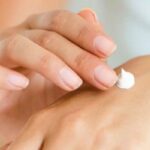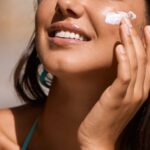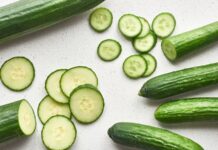One of the main benefits of using face masks is the ability to apply a thick layer of nourishing ingredients to the skin, providing more active components than a regular skincare routine, and thus being more effective.
**How often should you use a face mask?**
– Dry skin: Use a hydrating mask once or twice a week.
– Oily skin: Apply a cleansing mask two to three times a week.
– Sensitive skin: Start by patch testing to see how your skin tolerates the mask. If no adverse reaction occurs, use it once a week.
– Combination skin: Use a mask twice a week, choosing a different mask for each area to suit your skin’s needs.
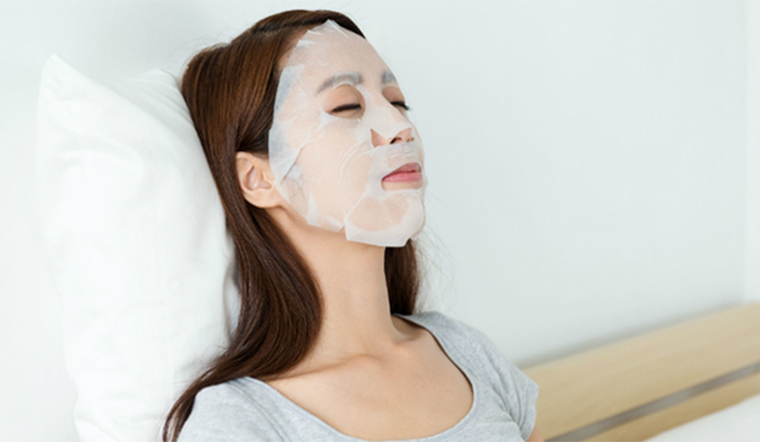
Use a mask twice a week, choosing a different mask for each area.
**Some notes on using face masks:**
To ensure the effectiveness of the mask, thoroughly cleanse your face beforehand. Remove all traces of makeup or dirt with a gentle, non-irritating cleanser suitable for your skin type.
Leaving the mask on for longer will not enhance its effects. Instead, exceeding the recommended time may increase the risk of skin irritation and adverse reactions such as redness or even itching. After removing the mask, rinse your face with warm water.
Applying a moisturizer after masking will maximize the treatment’s benefits. Additionally, some masks, like clay masks, tend to dry out the skin, so hydration is key.
**Common mistakes to avoid:**
**Not paying attention to your skin’s reaction:** Some people may experience reactions such as redness, swelling, or stinging. If this occurs, it means the mask is damaging your skin’s natural protective barrier. Always patch test by applying a small amount to your hand or behind your ear first. For sheet masks, discontinue use if you experience itching or redness.
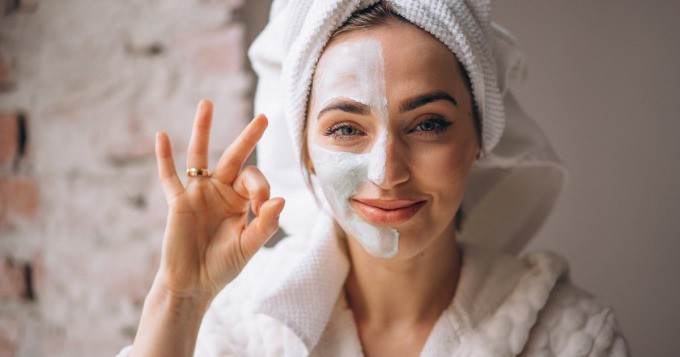
Always patch test before using a new mask.
**Not cleansing your skin first:** Dirt, excess oil, and makeup residue can clog your pores and create a stuffy feeling. Gently cleanse your face before masking to ensure better absorption of the mask’s ingredients. After removing a sheet mask, especially if you have oily or sensitive skin, it is best to rinse your face with water.
**Using masks too frequently:** Overusing masks can overwhelm your skin, leading to sensitivity and other issues. For most people, masking 2-3 times a week is ideal.
“The Secrets to Radiant Skin: A Peek into Vicky Zhao’s Skincare Routine”
“Lin Xinru, the wife of renowned actor Hoắc Kiến Hoa, and promising actress Hứa Vỹ Ninh, have both captured the attention of the entertainment industry and fans alike. Despite being 48 years old, Lin Xinru’s skin remains smooth and firm, with only subtle signs of aging visible at the corners of her eyes and around her nose.”



























